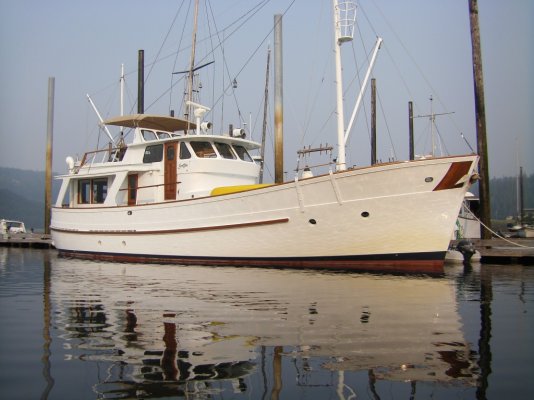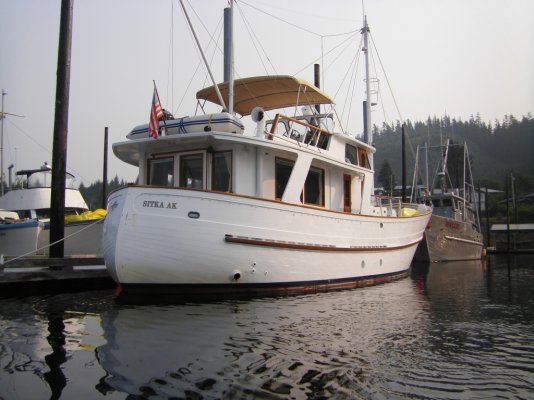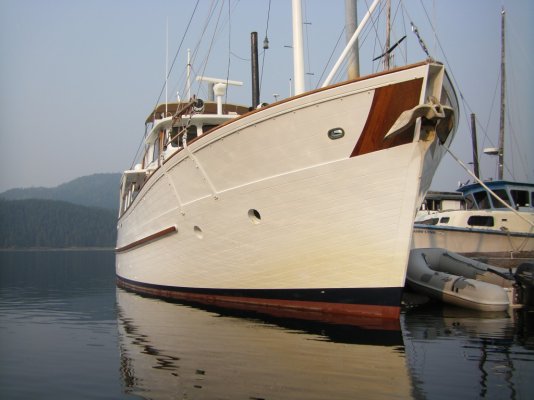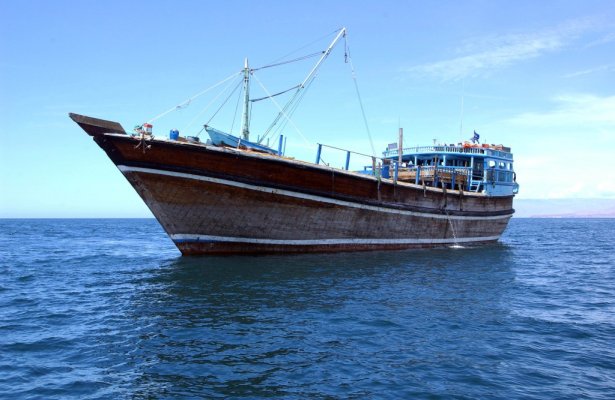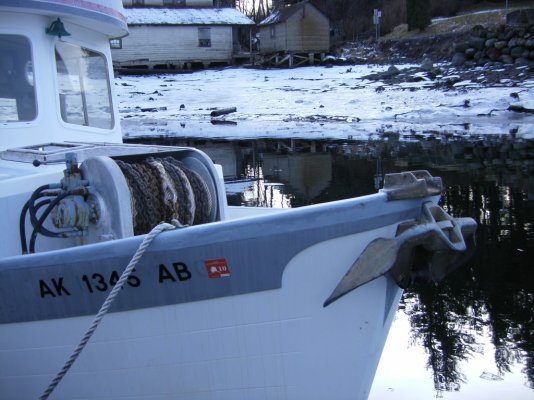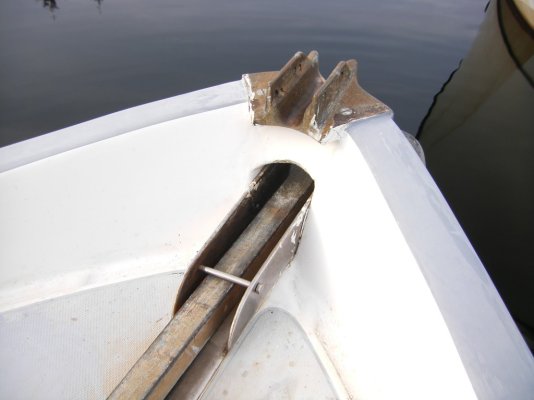nomadwilly wrote:
Marin,
So your'e calling the Bruce, Danforth, CQR and Forfjord anchors "archaic" and* "old generation?"
Yes, because that's what*they are.* The DC-3 was a great plane.* Solid, dependable, rugged, etc.* But in comparison to where we are today with airplanes, the DC-3 is "archaic" and "old generation."* Doesn't mean it's a lousy plane, just that it's fallen way out of date.* Science (aerodynamics, metallurgy, computers, you name it) has rendered it totally obsolete.
Same thing with anchors.* People have had great luck with the old Bruce, Danforth, CQR, etc anchors, and they still*do, just like a DC-3 still does exactly what it was designed and expected*to do in the 1930s.* Anchors aren't*very sophisticated things compared to airplanes or even toasters, that's true, but there*are still design, metallurgy,and manufacturing*factors that can be improved*upon.* The new-generation anchors have done just*that, at least the new generation anchors*that actually work.** There area some "new" anchors out there that you have to wonder how much the designer had to drink before he sat down at his CATIA screen.
Is someone stupid for hanging onto an old-technology anchor like a CQR?* Of course not.* If it works for them and they feel secure with it, then that's what they should be using.* Does this mean that the CQR (or Bruce, Forfjord*or Danforth) is where the industry should stop, saying "That's it, can't be improved on, they're the perfect anchors?"* Of course not.
In our experience, the Bruce's drawbacks far outweighed its advantages.* So we went looking for something more dependable.* I hadn't even heard of the Rocna when we started looking.** We*just wanted to see what more reliable options were out there for the kind of waters we boat in.* But articles and reviews and testimonials introduced us to the Rocna and after reading everything I could about it and watching their video and talking to the company in New Zealand, it seemed*to us*that the Rocna is to anchors what the 777 is to airplanes.** It's got design advances that make it perform better and more reliably*overall than the old "DC-3" anchors.
Can the Rocna be improved upon with another design?* Probably.* Maybe there are already*new or newer designs out there*that perform better*overall than the Rocna.* In fact, if one follows the technology trail, the ultimate answer could be to do away with the anchor altogether.**The objective is to keep the vessel in place, not tie it to the bottom.***So why tie it to the bottom at all?* Eliminate the heavy anchor,*chain,*windlass, etc. and do what the exploratory oil drilling platforms do, or our own (Boeing's)*Sea Launch rocket platform does and use GPS guided thrusters to hold the vessel in place?
Sound farfetched?* Sure.* But who would have thought just a few years ago that the complicated, complex, incredibly expensive*computer-controlled, podded,*directed thrust systems used on big tugs, cruise ships, etc. would today be available on a 40-something foot Grand Banks?
As to what generation I am, age has squat-all to do with what you think is modern and what you think is archaic.* I still own*my 1973 Land Rover (NOT a "British jeep" thank you
) for the same reason that some of our flight test people get a kick out of flying the restored 1930s Boeing 247 that's up here, or the restored 307*Stratoliner that eventually went to the Smithsonian.* I regard our Grand Banks as an archaic, old-generation boat.* It's fun to fix up and*run old stuff.**But I don't for a second think that the Land Rover, the 247, *the Stratoliner* or our old GB are anything other than what they are---- archaic, old-generation antiques that have been improved upon many, many times over since they were first created.
In my opinon, old stuff is fun when it's not something you have to depend on.**A DC-3 is a fun airplane to fly but you'd be a fool to try and operate*one on the kind of schedule that's demanded of airliners today, where the airplane has*to be depended on to operate*day*in and day out, year after year with almost no down time.* The anchor on my boat is something that has to work the first time, every time, all the time as far as I'm concerned.* Anchoring has enough variables as it is, so it seems pointless to me not to take advantage of the latest intelligent design in anchoring technology.* So when my research tells me that the old standbys--- the Danforth, CQR, Bruce, etc.---- have been improved upon in terms of setting and holding*with a new design, guess which one I'm going to buy for our boat?
-- Edited by Marin on Tuesday 11th of August 2009 12:51:11 PM
